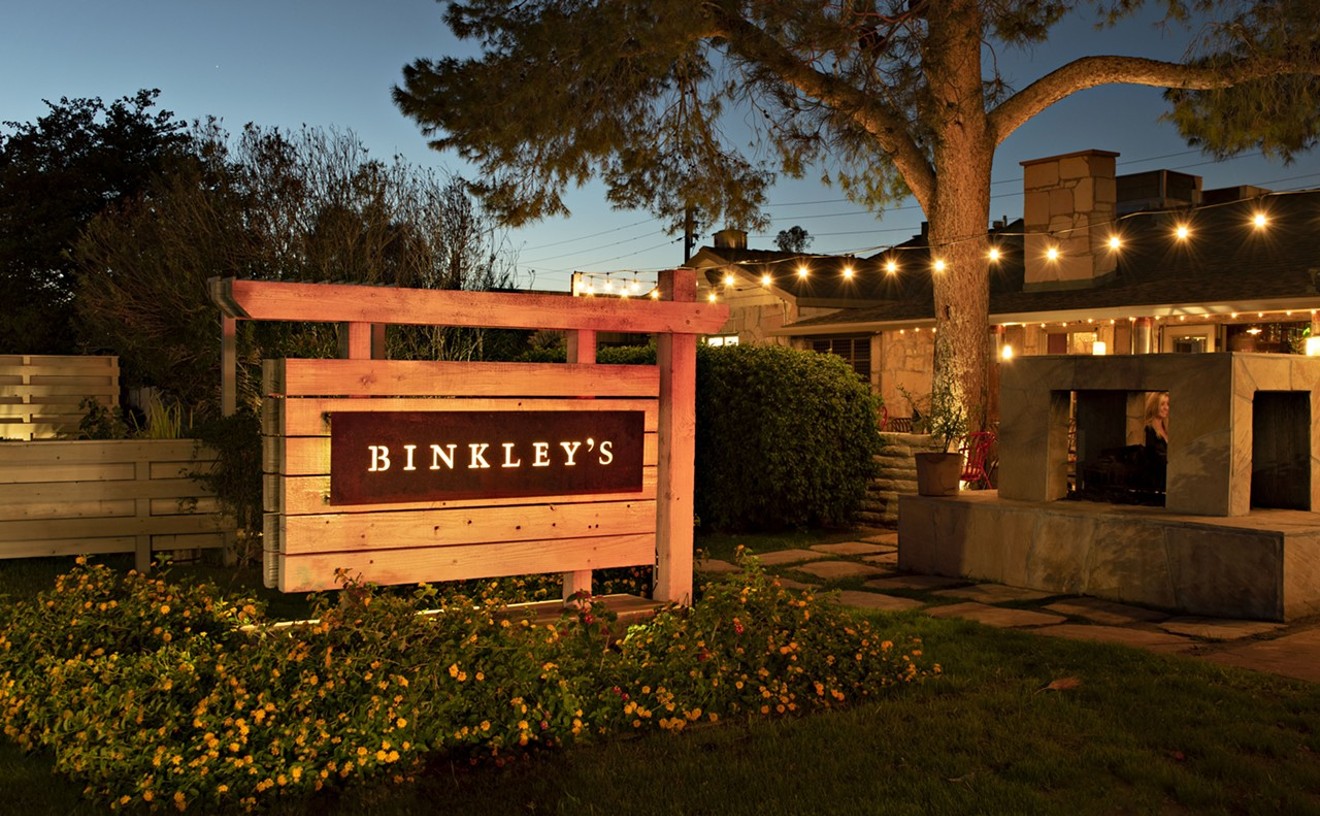In recognition of Valentine's Day we're talking with chocolatier and pastry chef, Christine Boerner of The Baker's Daughter. Yesterday she gave us a peek into how she prepares for V-Day and today we get schooled about how you go from cacao bean...to chocolate dream.
So, how do you make chocolate?
That's a common misconception. We don't make chocolate. We make confections. Chocolate is actually cacao; it's a fruit it comes from trees along the equator. They harvest them and it goes through a similar process as a coffee bean. They harvest, they ferment, they dry, and then they ship to different factories. You know how Starbucks has their coffee roast, they have their mix, they have their blend - same with chocolate. So like Lidnt? They roast their beans a certain way and they clean their beans a certain way...
Then once the beans are roasted and cleaned, they have a press that presses the beans and gives you two products: your cacao butter and your cacao mass. From those two products, [each company] has their own recipe. They add a certain amount of their cacao mass, a certain amount of their cacao butter and then they also add either sugar, or milk powder for milk chocolate, or vanilla, or whatever.
That gives you a base chocolate that's only been tempered once. For me as the confectionist, I take that base chocolate, from the ones I like. It's exactly like coffee basically. The little coffee shops, they go to their favorite places where they get their beans and then it's up to them what water temperature they use and what are they going to add to their coffee. That's just like us. I get the chocolate and then I decide what form it goes into, how thick, how thin, and that's how you get a different product.
How do you get white chocolate then? White chocolate...well, that's technically not chocolate.
The Breakdown:
Dark chocolate is: "just cacao mass and then cacao butter and then sugar depending on the percentages."
Milk chocolate is: "your cacao mass, your cacao butter, your sugar and then they also add milk powder. The highest percentage of milk chocolate that I've seen is 40 percent."
White chocolate is: "just your cacao butter, no cacao mass whatsoever--so there's no healthy parts--with a lot of sugar and a lot of milk powder."
What do the percentages on chocolate mean?
When they use that press and they have cacao mass? Just the mass, that's 100 percent. It's really bitter and it tastes like dark coffee. It really depends then on the company you go to because they all have their own unique tastes but its extremely bitter. So that's 100 percent and then, for example, if you have a 90 percent, that's 90 percent cacao mass and rest is either cacao butter or sugar or whatever they added. Then there's 70 percent, so you know it has more cacao butter and more sugar then the 90 percent. The hundred percent is actually healthiest for you.
Tomorrow, Christine's recipe for Rose Truffles.










